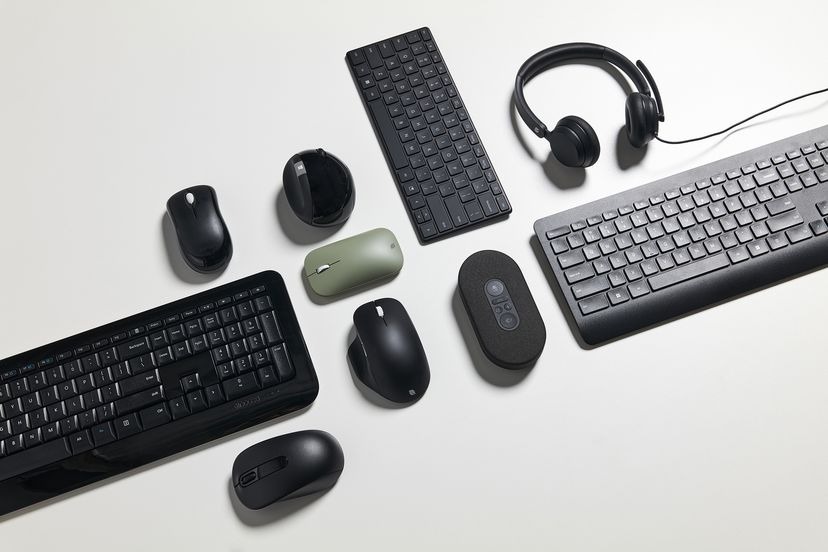Microsoft’s keyboards and mice have been a mainstay in the computer world for years. But in a surprising move, the tech giant has announced that it will be discontinuing its line of these popular accessories. This doesn’t mean that Microsoft is giving up on the keyboard and mouse market entirely, though.
Instead, they’re partnering with Incase, a company known for its stylish and protective tech accessories, to continue making these products.
Why Did Microsoft Make This Decision?
Microsoft’s decision to hand over the reins to Incase stems from a desire to focus on its Surface brand. Surface has become a major part of Microsoft’s hardware business, and the company wants to dedicate more resources to developing and marketing Surface products.
By partnering with Incase, Microsoft can continue to offer keyboards and mice to its customers while freeing up resources to focus on the Surface lineup.
What Will Change Under Incase?
While Incase will now be responsible for manufacturing and selling Microsoft’s former keyboard and mouse portfolio, there are a few key things to keep in mind about this new partnership:
- Incase branding: The keyboards and mice will now bear the Incase logo instead of the Microsoft logo.
- New ergonomic keyboard: Incase will also release a new ergonomic keyboard designed by Microsoft. This premium keyboard will have features like adjustable tilt and backlighting.
- Same great products: For the most part, the keyboards and mice will remain unchanged – customers can still expect the same quality and reliability.
Incase’s Previous Accessories Experience
As an accessories company, Incase is no stranger to designing innovative products around third-party hardware. They already create cases and sleeves for Apple and Microsoft devices, for example.
So Incase leveraging this expertise to put its own spin on Microsoft’s keyboard and mice lineup makes strategic sense.
Embracing the Future of Hybrid Work
Additionally, the demands on work keyboards and mice have evolved with remote and hybrid work becoming mainstream. Features like ergonomics, wireless connectivity and cross-device compatibility are now baseline expectations.
As a company in touch with these workforce changes, Incase is well-positioned to meet and anticipate new user needs through its expanded accessory lineup.
The Road Ahead
Incase is planning to have its new Microsoft-designed keyboards and mice available soon. Specific details around pricing and launch timelines will follow in the coming weeks.
It’s too early to say how this change will play out in the longer term. Can Incase successfully carry the mantle of quality and innovation that Microsoft built over the years? Will the new ergonomic keyboard be a hit with modern professionals?
Opinions will certainly vary among Microsoft’s vast customer base. Diehard fans may frown on the loss of the iconic Microsoft hardware branding. Others may welcome the accessories getting renewed focus from Incase.
The Future of Desktop Computing at Microsoft
On Microsoft’s end, deprioritizing keyboards and mice raises questions around its future commitment to the desktop computing experience in a mobile-first world.
However, with Windows 11 emphasizing productivity, multitasking and new interface paradigms optimized for hybrid work, Microsoft still has plenty of incentive to ensure seamless keyboard/mouse experiences.
Collaborating with partners like Incase gives Microsoft flexibility to test different ideas in the ecosystem without directly impacting its in-house hardware brand priorities.
So rather than spelling the end, this partnership may indicate a new period of experimentation and innovation for the Microsoft accessories ecosystem as the nature of work continues evolving rapidly.
Both companies seem optimistic this will provide the best of both worlds for users – Incase’s fresh perspective combined with Microsoft’s years of ergonomic research. The next chapter promises to be an exciting one!










Add Comment